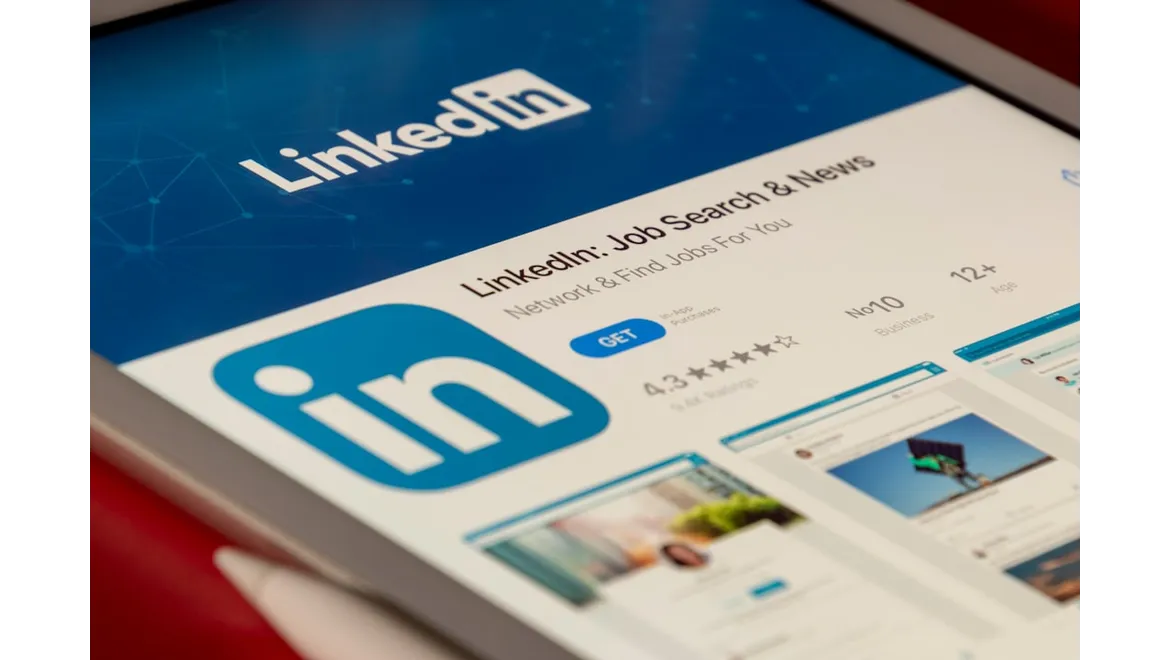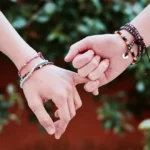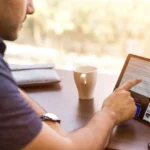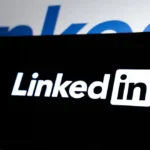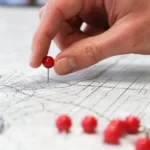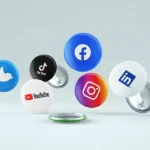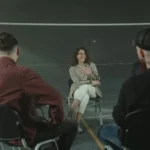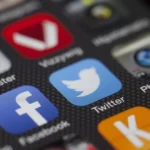Okay, buckle up folks! I just finished a fascinating chat with Zara, a marketing whizz I’ve known for ages, and she spilled all the beans on how she’s been leveraging LinkedIn to transform event attendance into a goldmine of qualified leads. Forget those generic follow-up emails – Zara’s approach is all about hyper-personalisation, and the results speak for themselves.
Step 1: Spotting the Right Faces in the Digital Crowd
Zara started by painting a picture: “Imagine,” she said, leaning forward, “you’ve just wrapped up a conference. You know your ideal clients were there. But how do you find them amidst the digital noise?” Her answer? LinkedIn’s search filters are your best friend. Zara explained how she meticulously uses the ‘Attendees’ feature within the LinkedIn event page (assuming the event organisers created one, and most do these days). If not, she searches for people who have mentioned the event in their recent posts. She then refines her search using keywords related to job titles, industries, and even skills relevant to her target audience. Think ‘Head of Innovation’, ‘Digital Transformation’, ‘AI Adoption’, depending on the event’s focus. She recommended using boolean search operators (AND, OR, NOT) to further narrow down the results. I quickly took notes – I’d been missing a trick there!
Step 2: Crafting the Personalised Connection Request (The ‘Remember Me?’ Moment)
Next up: the connection request. This isn’t just a click-and-forget situation. Zara stresses the importance of personalising every request. “It’s about showing you actually paid attention to who they are and why they were at the event,” she emphasised. Her go-to approach? Mentioning a specific session they attended or a topic they seemed particularly interested in. For example: “Hi [Name], really enjoyed the [Event Name] conference! Your comments during the session on [Specific Topic] resonated with me. Would love to connect and discuss further.” The key, Zara says, is to be genuine and show you’re not just spamming connections. It’s about sparking a conversation.
Step 3: The Art of the Follow-Up: Beyond the ‘Nice to Meet You’
Once connected, the magic truly begins. Zara outlined her process for creating hyper-personalised follow-up messages. She starts by revisiting her notes from the event and any social media posts related to the attendee. Did they ask a question during a panel discussion? Did they share an insightful comment on LinkedIn? She uses these nuggets of information to craft tailored messages. “The goal is to continue the conversation that started at the event,” Zara explained. For instance, she might send an article related to the topic they were discussing or share a case study showcasing how her company helped a client facing a similar challenge. The message is never a hard sell; it’s about providing value and building rapport.
Step 4: Lead Nurturing: Turning Interest into Action
Here’s where automation comes into play, but with a human touch. Zara uses event attendance as a trigger for personalised lead nurturing sequences. If someone engages with her follow-up message (e.g., clicks a link, replies to her message), they’re automatically added to a specific nurture sequence tailored to their interests and needs. This sequence might include relevant blog posts, webinars, case studies, or even a personalized video message. The content is drip-fed over time, building trust and positioning her company as a thought leader. She stressed the importance of segmenting these sequences based on the attendee’s role, industry, and specific pain points. “You can’t just blast everyone with the same message,” she warned. It’s all about understanding their unique needs and providing tailored solutions.
Step 5: Content Creation with Hyper-Personalisation in Mind
Underpinning Zara’s entire strategy is content. It’s not just any content, but content specifically designed to resonate with different audience segments. She creates articles, videos, and infographics that directly address the pain points, interests, and professional goals of her target audience. Before creating anything, she asks herself: “What are the biggest challenges facing these individuals? What keeps them up at night? How can I provide them with valuable insights and solutions?” She also uses LinkedIn’s analytics to track which content is performing best with different audience segments, allowing her to continuously refine her content strategy.
Key Takeaways for LinkedIn Lead Generation
So, what’s the big picture here? It all boils down to this: LinkedIn is a powerful tool for turning event attendance into concrete leads, but it requires a strategic, personalized approach. By identifying relevant attendees, crafting personalized connection requests and follow-up messages, and leveraging event attendance as a trigger for personalized lead nurturing sequences, you can build meaningful relationships and drive business growth. The core is about understanding your target audience, engaging with consideration for their interests and providing real value at every touchpoint. It’s not about spray and pray; it’s about precision and personalisation. Thanks Zara! I’m definitely implementing these changes right away.

